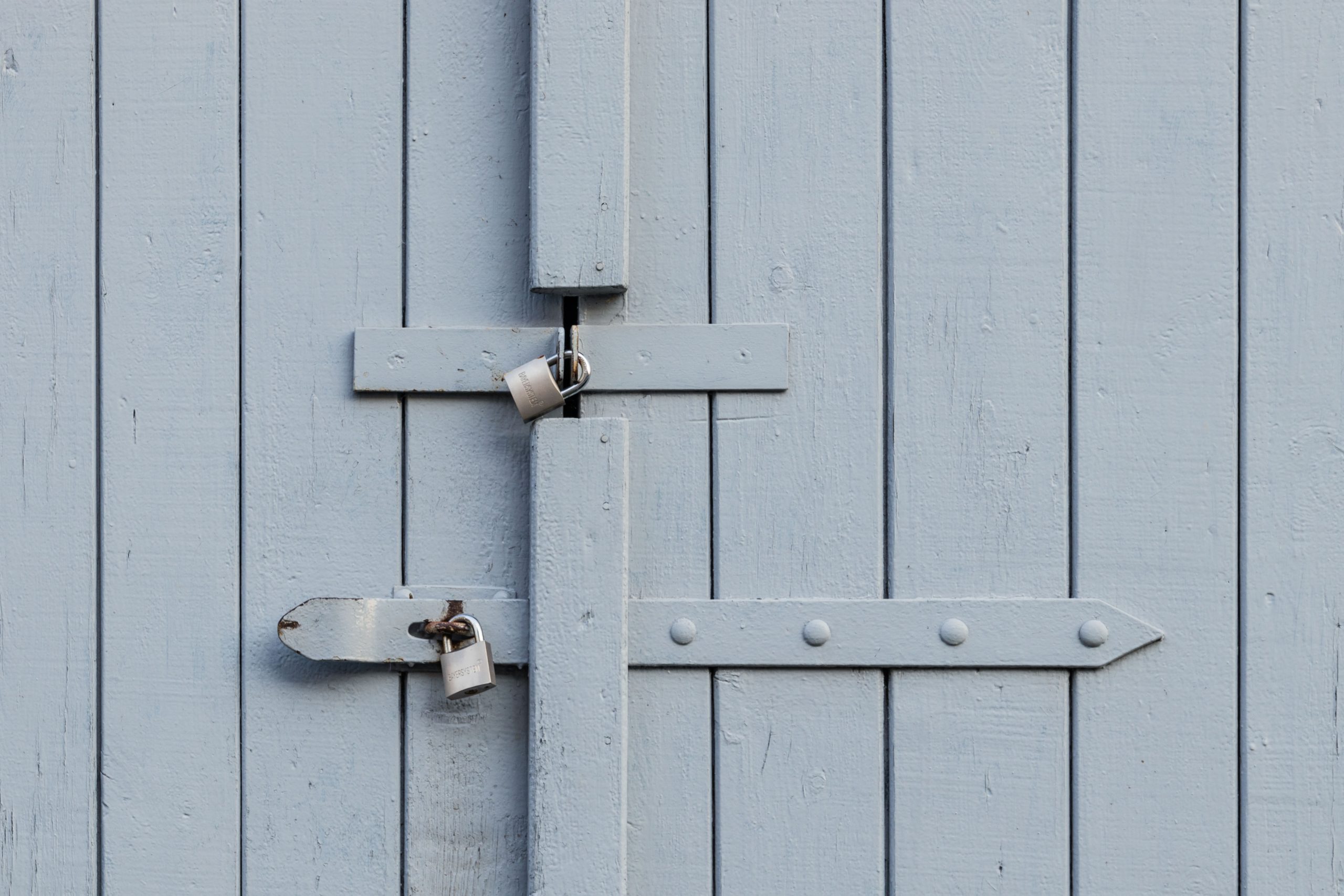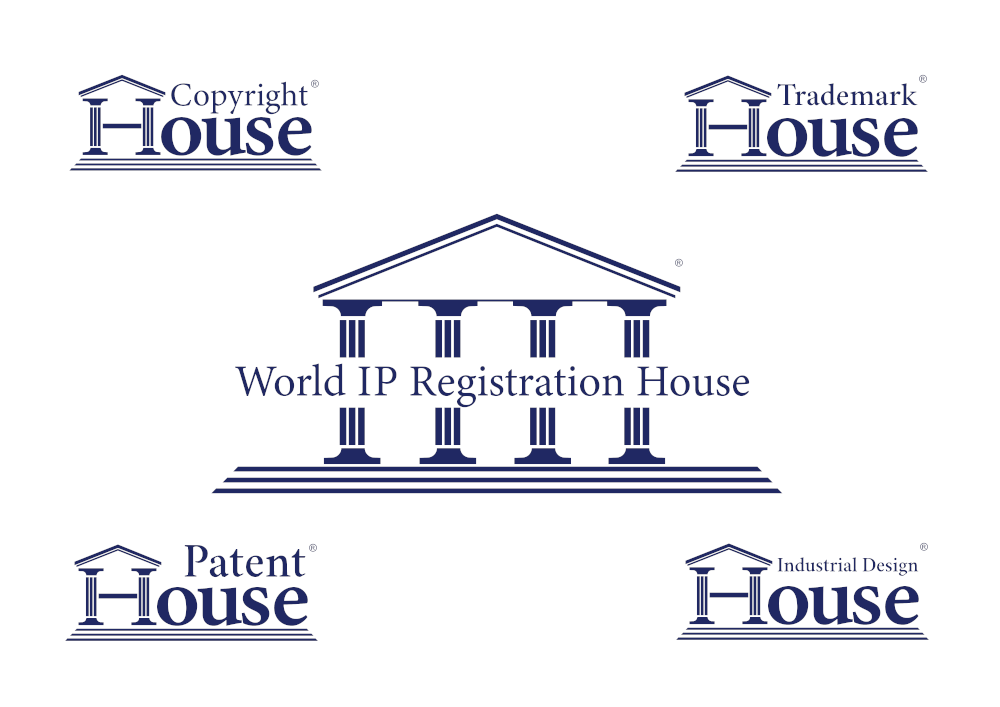Copyright gives the creator of an original work, in any medium, protection from that work being copied. These mediums include:
- Artistic works
e.g. Paintings, sculptures, photographs, diagrams, logos, architecture. - Literary works
e.g. Books, poems, manuals, song lyrics, computer programs, databases. - Dramatic works
e.g. Plays, mime, dance. - Musical works
e.g. Songs, symphonies, operatic works, melodies. - Typographical Arrangements
A typographical arrangement refers to the layout of a work such as a book or website. This includes how words and pictures are arranged, fonts used for various texts, overall format etc. A typographical arrangement can have its own copyright protection even if the contents are already copyrighted. - Recordings (film or audio)
Films and TV shows may have many different elements that have their own individual copyright protection such as musical compositions, dialogue, designs, screenplay etc. However, the producer/s would normally get the rights or permissions for these individually copyrighted elements and maintain ownership of copyright for the complete production.
Sound recordings of a work are considered to be separate from the work itself and can therefore have their own copyright protection. - Broadcasts
A broadcast can have it's own copyright protection even though the elements - such as music, film clips, audio clips etc. - may have their own copyright. As with films, the producer/s of a broadcast would normally get the rights or permissions for these individually copyrighted elements and maintain ownership of copyright for the complete production.
A broadcast can be audio or visual and can be transmitted via cable or by wireless methods (including satellite). Copyright law relating to broadcasts does not currently extend to internet transmissions.
No matter which medium the work is produced in, all other mediums are protected by copyright. For example, a photograph is protected from it being reproduced as a painting, a literary work is protected from it being recorded and reproduced as an audio work etc.
A copyright gives the owner the right to sell, perform or display the work, for both financial and non-financial gain; reproduce the work, in both the original medium or any other medium; create subsequent works based on the original.
A work protected by copyright should only be used with explicit permission from the copyright owner.




[…] Copyright cannot be done without a true identity as then, you cannot be identified as the unquestionable owner of the works. As Banksy's trial shows - without an identity, in a court of law, it is very unlikely that you can prove copyright ownership. […]
[…] It is important to be aware of what copyright protects. […]
[…] The case has drawn many questions to the surface regarding codeand copyright, and just what is protected by copyright law. […]
[…] will continue to last for after the death of the creator is dependent on country, date of initial copyright protection/publication, and the type of work […]
[…] with translated works on the rise in the UK, discussion on fair copyright protection for translators has become more […]
[…] the EU, the UK is still a member of international copyright treaties, which means that rules on copyright eligibility will not […]